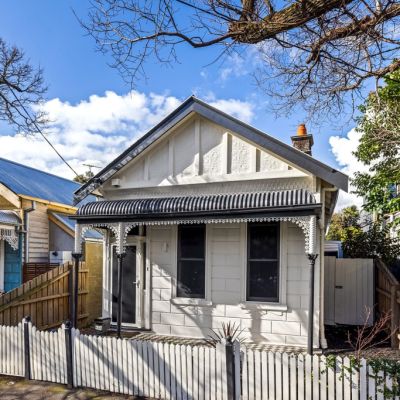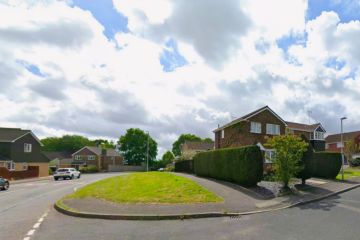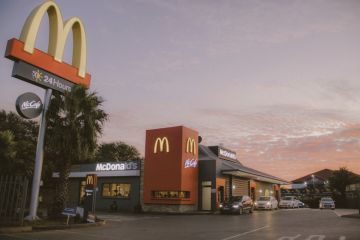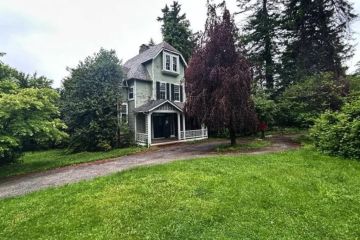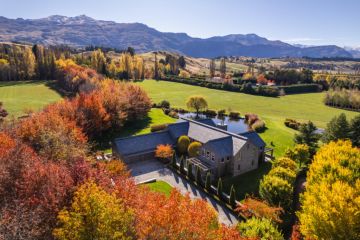Rental vacancy rate: Melbourne weakens in July, bucking a trend of lower vacancies elsewhere
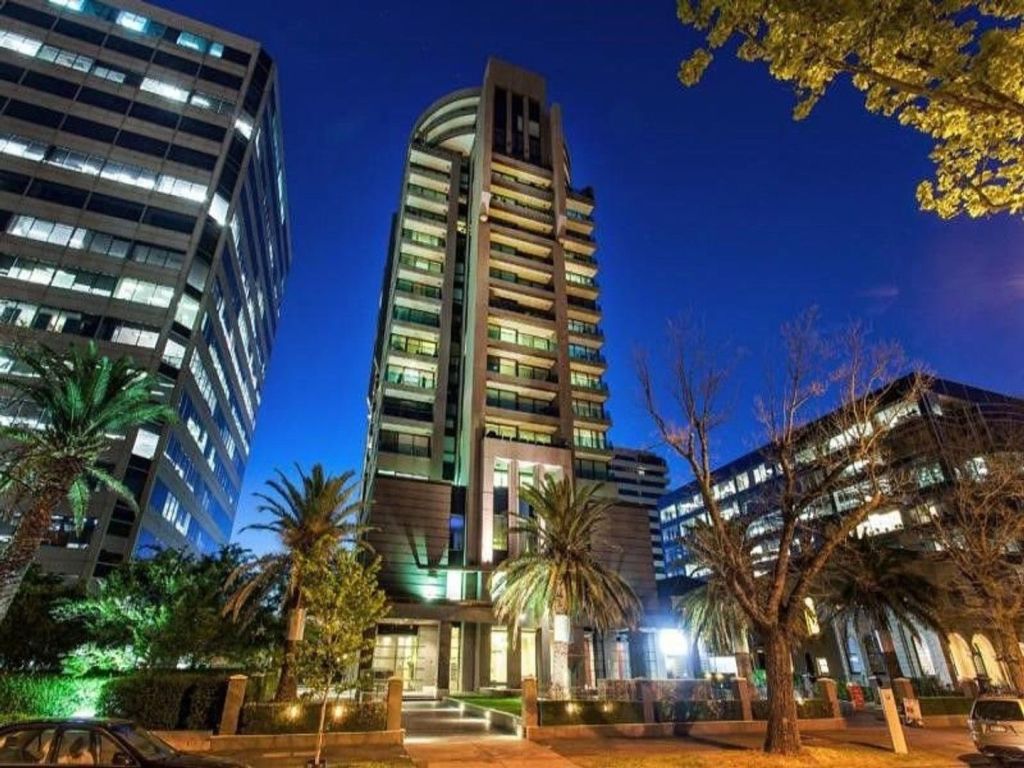
Rental home vacancies rose in Melbourne over the past month – bucking the trend of vacancies stabilising or falling in most of the nation and often to critical shortage levels.
Some 3.7 per cent of rental properties in Melbourne are now sitting empty, up from 3.6 per cent in June, according to the latest Domain figures, while in Sydney the vacancy rate remained unchanged at 2.6 per cent and in Brisbane 1.3 per cent.
In stark contrast, Hobart was the city with the lowest proportion of empty rental homes at just 0.5 per cent, while both Darwin and Adelaide had a vacancy rate of 0.6 per cent and Perth fell to 0.7 per cent; worsening the rental crises for tenants in those cities.
The rise in Melbourne came as a shock to most onlookers. “But the migration data released by the ABS [Australian Bureau of Statistics] this week showed that Melbourne had lost the most people out of all the cities, and that’s had a big impact in increasing the number of rental vacancies,” said Ben Plohl of BFP Property Buyers, which specialises in purchasing investment properties all around the country for clients.
“Also, Melbourne has suffered the most from intermittent lockdowns, which have affected the CBD and inner-city areas the most, with overseas students no longer coming in, and people ending up moving out of units, in particular, and back to mum and dad.”
That ABS research found that Victoria lost the most people through migration from the state – 4900 – closely followed by the 4500 who left NSW. But with NSW having a bigger starting population at 7.4 million, against Victoria’s 6.68 million, it would have had a bigger effect.
Similarly, while there was a net loss of 8200 people in Greater Sydney for the March 2021 quarter, compared with 9300 in the previous quarter. There was a net loss of 8300 people in Greater Melbourne for the March 2021 quarter, compared with 8500 in the previous quarter.

Emily Sim, chief executive of property management with the Ray White Group, also sees that net loss of people from Melbourne causing the number of rental vacancies to rise.
“We’re now seeing a lot of people leaving Melbourne to go to places like Daylesford, the Mornington Peninsula and Mount Macedon, or leaving Victoria completely to go to Queensland, the Gold Coast, the Sunshine Coast and Byron Bay,” she said. “That’s bound to have an effect on the property market in Melbourne.
“Melburnians spent half of their year in lockdown, more than any other state. So, people are just fatigued with it all. It feels like they were just walking on eggshells, ready for the next lockdown, and some decided to leave while they could.”
The areas of Melbourne with the highest rental vacancy levels include the inner city at 4.9 per cent, the inner east at 4.8 per cent, the inner south at 3.3 per cent and the west at 3.2 per cent.
In Sydney, the area with the highest number of homes empty was Parramatta in the west at 3.3 per cent, down from 3.5 per cent from June, Ryde in the north-west at 3 per cent, the inner south-west at 2.9 per cent and the inner west at 2.7 per cent.
The highest vacancy rate in Brisbane was the inner city at 2.3 per cent, Brisbane West at 1.5 per cent and Brisbane South at 1.4 per cent.
In Perth, it was the inner city at 1.7 per cent, in Adelaide it was Adelaide Centre and The Hills at 1.3 per cent and in Tasmania it was Launceston and the north east at 0.7 per cent, while the ACT was 0.6 per cent and Darwin was 0.6 per cent.
“It’s also a supply-related issue,” said Angie Zigomanis, a director in Charter Keck Cramer’s research and strategy team.
“There have been some big projects that have been completed in Melbourne and there are areas with an oversupply of units, while Sydney hasn’t had so much rental stock become available.”
Meanwhile, as any level under a 1.5 per cent vacancy rate was considered difficult for renters, Ben Plohl said many were now suffering. “Anywhere under that 1.5 per cent figure, you’re starting to enter crisis mode,” he said. “So, that means, in many capital cities, renters are having a very difficult time.
“The rate is now as low as 0.2 per cent in some areas and while even in Brisbane, where the vacancy rate generally is 1.3 per cent, we’re seeing some areas where rents are advertised at $350 a week but prospective tenants are offering $390 or $400 just in the hope of getting into a property.”
We recommend
States
Capital Cities
Capital Cities - Rentals
Popular Areas
Allhomes
More
- © 2025, CoStar Group Inc.

